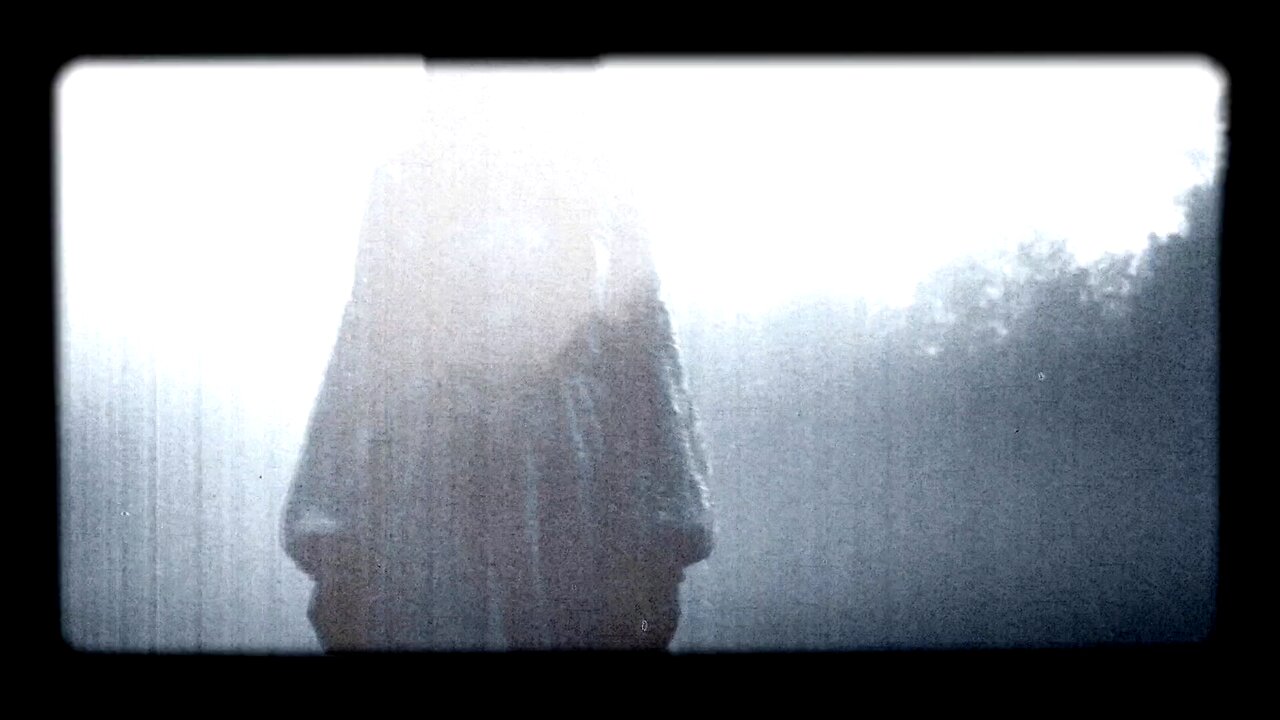Premium Only Content

Zosia: The 17th-Century ‘Vampire’ Buried with a Blade Over Her Neck
#Zosia #VampireHistory #17thCentury
#HistoricalMystery #ArchaeologicalFind
#BurialRituals #VampireLegends #SkeletalStories
#CulturalHistory #Folklore #HistoryUncovered
#Superstition #AncientGraves #Archaeology
#MysteryUnveiled #nyc #newvideo #new #new #fyp
Alright, let’s sink our teeth into the legend of Zosia, the 17th-century ‘vampire’ who’s giving archaeologists sleepless nights. Brace yourself for a darkly humorous journey through history's macabre side. Here we go:
the 17th century—a time when people believed bathing was optional, witch hunts were all the rage, and anyone who seemed a tad too lively after death was automatically labeled a vampire. Enter Zosia, the unfortunate soul who found herself at the center of a terrifying and bizarre burial practice. Researchers are now peeling back the layers of this eerie tale, and it’s every bit as spine-chilling as you'd hope.
The Discovery
In a quaint village in Poland, a team of archaeologists stumbled upon something straight out of a gothic horror novel: a skeleton with a blade strategically placed over the neck. The locals probably whispered tales of Zosia, the vampire who wouldn't stay dead, necessitating such drastic measures. Because, you know, nothing says “Rest in Peace” like a sharp blade ready to decapitate you at the slightest sign of movement.
The Vampire Hysteria
Back in Zosia’s day, folks were a tad obsessed with vampires. Any unexplained death, plague, or night terrors were often blamed on these nocturnal bloodsuckers. If you died under suspicious circumstances or even looked a bit too healthy post-mortem, congratulations! You were a prime candidate for vampiric accusations. The cure? A blade over your neck, just in case you decided to pull a Lazarus and come back from the dead. It’s a foolproof plan, right? Because if you’re going to be an undead menace, you might as well make it interesting.
The Science Behind the Superstition
Modern researchers, armed with science and a healthy dose of skepticism, are diving into the real story behind Zosia. Turns out, the whole “vampire” gig might be less about drinking blood and more about a misunderstanding of decomposition. Corpses can bloat, shift positions, and even appear to bleed as they decompose, which freaked out our ancestors to no end. Instead of chalking it up to natural processes, they went with the more exciting explanation: vampire!
The Practicality of Blades
Let’s talk about the blade itself. While it might seem excessive to us, it was a practical (if gruesome) solution for the terrified villagers. In their minds, it was a necessary precaution to ensure Zosia didn't rise from her grave for a midnight snack. Because nothing ruins a good night’s sleep like your dead neighbor knocking on your door, asking to borrow a cup of blood.
Modern Interpretations
Fast forward to today, and Zosia’s tale is less about superstition and more about understanding our past fears and practices. Researchers are uncovering more about burial customs, disease control, and the lengths people went to for peace of mind. It’s a fascinating glimpse into a time when the line between life and death was a bit blurrier, and the solutions were, shall we say, more direct.
In the end, Zosia’s story is a darkly humorous reminder of how far we've come in understanding life, death, and the things that go bump in the night. While we might chuckle at the idea of a blade-wielding grave, it’s a testament to the human desire for safety and control, no matter how misguided. So, the next time you hear a creak in the night, remember Zosia and be grateful for our modern, less stabby ways of dealing with the unknown.
-
 LIVE
LIVE
LFA TV
11 hours agoLFA TV - ALL DAY LIVE STREAM 4/11/25
898 watching -
 LIVE
LIVE
Major League Fishing
1 day agoLIVE MLF College Fishing Championship!
182 watching -
 1:12:00
1:12:00
Jeff Ahern
2 hours ago $0.47 earnedFriday Freak out with Jeff Ahern! (1pm Pacific)
13.2K -
 2:12:33
2:12:33
The Quartering
5 hours agoWild Joe Rogan Stream, China Retaliates, Woke Jerks Review BOMB My Coffee & More!
227K88 -
 1:07:03
1:07:03
Sean Unpaved
5 hours agoNIL Controversy In Tennessee, Second Round of Masters Tee-Off, Flacco's Return To Cleveland!
56.4K3 -
 16:09
16:09
Clownfish TV
6 hours agoSnow White Can't Even Break $100 Million?!
44.4K8 -
 13:23
13:23
T-SPLY
5 hours agoStephen Miller BLOWS UP On CNN For Questioning Deportations
31.1K37 -
 59:26
59:26
Revenge of the Cis
3 hours agoEpisode 1473: Cyber Tuck
16.8K3 -
 15:09
15:09
Talk Nerdy Sports - The Ultimate Sports Betting Podcast
2 hours ago4/11/25 - Payday Parlays & Bookie Beatdowns: The AI Wants Blood
18.1K1 -
 1:02:31
1:02:31
Crypto Power Hour
10 hours ago $2.31 earnedFrom Tariffs to WFH Multinationals, Catalysts Starting a Tokenization Tsunami
26.9K2